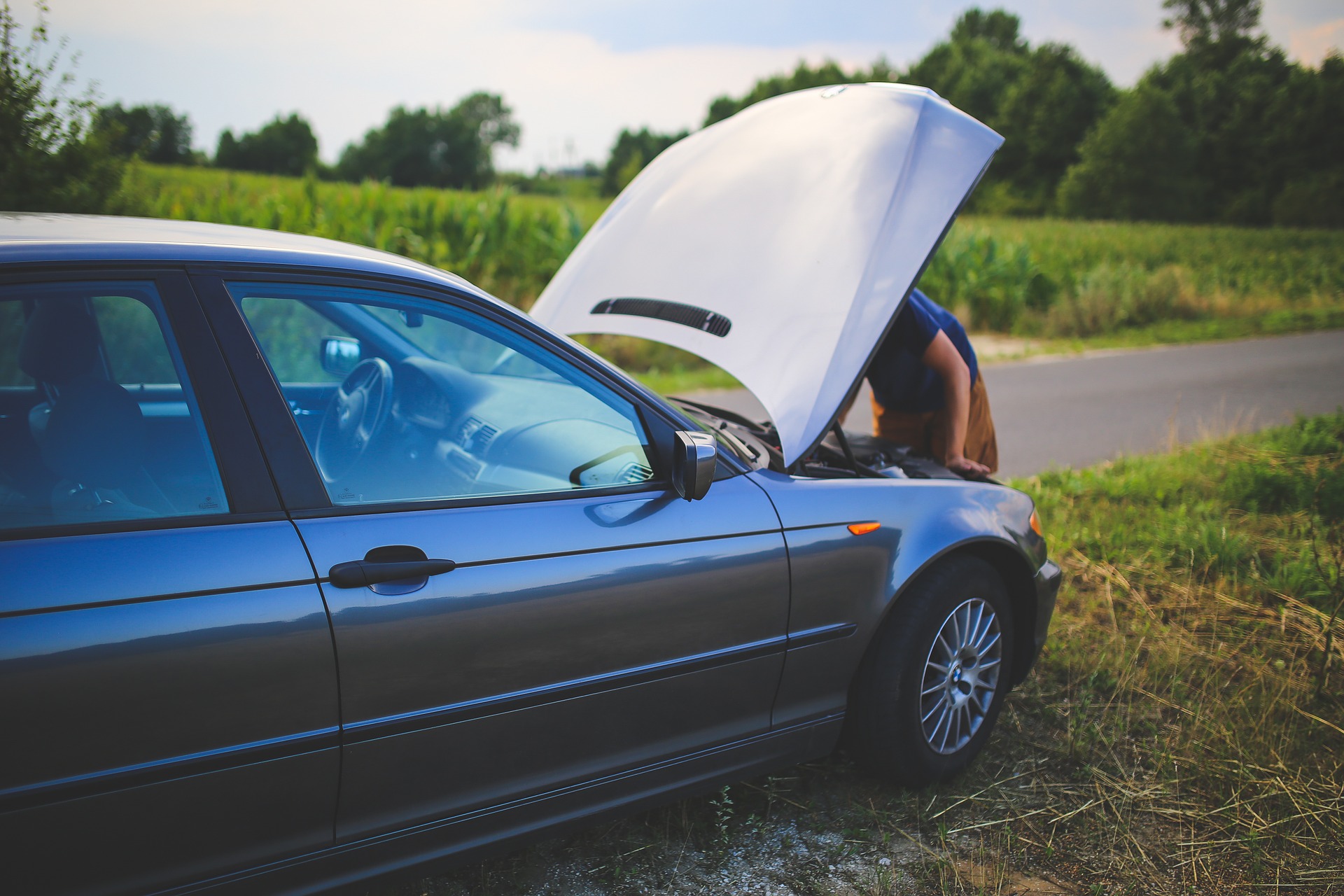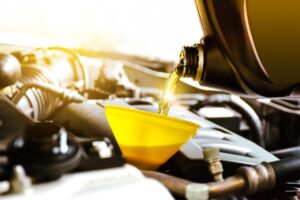Preventing Your Car From Overheating
Generally-speaking the overheating of your car or truck is a bad thing and, in many cases, a sign there’s some deeper, underlying issue with your vehicle.
While there’s more concern about vehicles overheating in the hot summer months in Memphis, an automobile can overheat even in the coldest months of the winter. Since there are a few factors can cause the engine to overheat, knowing that can give you a leg up on prevent your vehicle from overheating and needing the service of a roadside mechanic.
Instead of always relying on roadside assistance to come to the rescue, wouldn’t it be much better to prevent it in the first place?
With that in mind, here are some useful tips to prevent your car from overheating:
1. Monitor Your Car’s Radiator Coolant And Radiator
One of the best things you can do to prevent your car from overheating is to make sure there is enough coolant and water in your coolant reservoir and radiator. These should be checked regularly to ensure you never run out. You can do it weekly or daily but make sure to do it before you go on a road trip
2. Check The Temperature gauge
Your speed and the amount of fuel that your car has isn’t the only ones you should be mindful of. You should also check the temperature gauge to see if the engine is already getting too hot.
When you observe that the temperature is already rising, there is no need to panic. The best thing to do is to go to the nearest emergency bay or gas station.
3. Turn Off The Air-Conditioner
An overheated car is can be broken down because the engine is too hot and not the interior. Turning off the air-conditioning can help decrease the temperature of the engine by reducing its load.
On the contrary, you can also turn the car’s blower in the highest setting or switch your air conditioning to fresh air so that it will suck the heat out into the engine area and blow it in the cabin.
Even if the cabin can get hot, but it will prevent the engine to overheat. In case you decide to do this, make sure not to do it for a long time or you also risk getting yourself in trouble with your health.
4. Find A Safe Place And Pull Over
If you find the temperature to be continuously rising, the best thing to do is to find a safe place and pull over. There are emergency bays and gasoline stations that you can park.
Once parked safely, turn the engine off and open the hood to let the trapped heat out. Let it cool for about 30 minutes before driving off again.
Also, check if your radiator requires a refill. Before you remove the cap, make sure that the engine has cooled down first. Don’t ever open the radiator when the engine is hot because it can lead to serious burns due to the pressure and the hot liquid inside.
5. Replace Your Coolant
You can refill your coolant all you want but that won’t remove the dirt that has accumulated. A mechanic can help flush the system for you so that the old coolant is removed and a new one takes its place.
Replacing the coolant should be done regularly. Different manufacturers have their specifications on how often it should be changed. Some suggest getting a flush for every 40,000 miles traveled.




